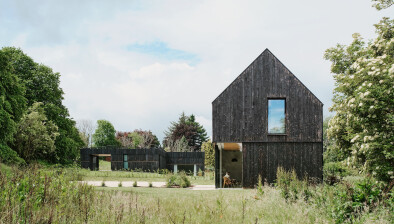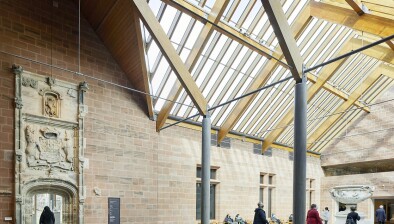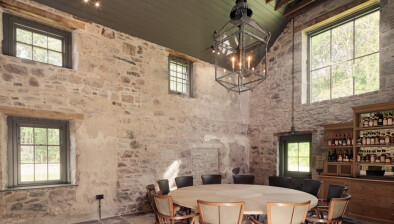Green light for revamp of Glasgow’s Pipe Factory
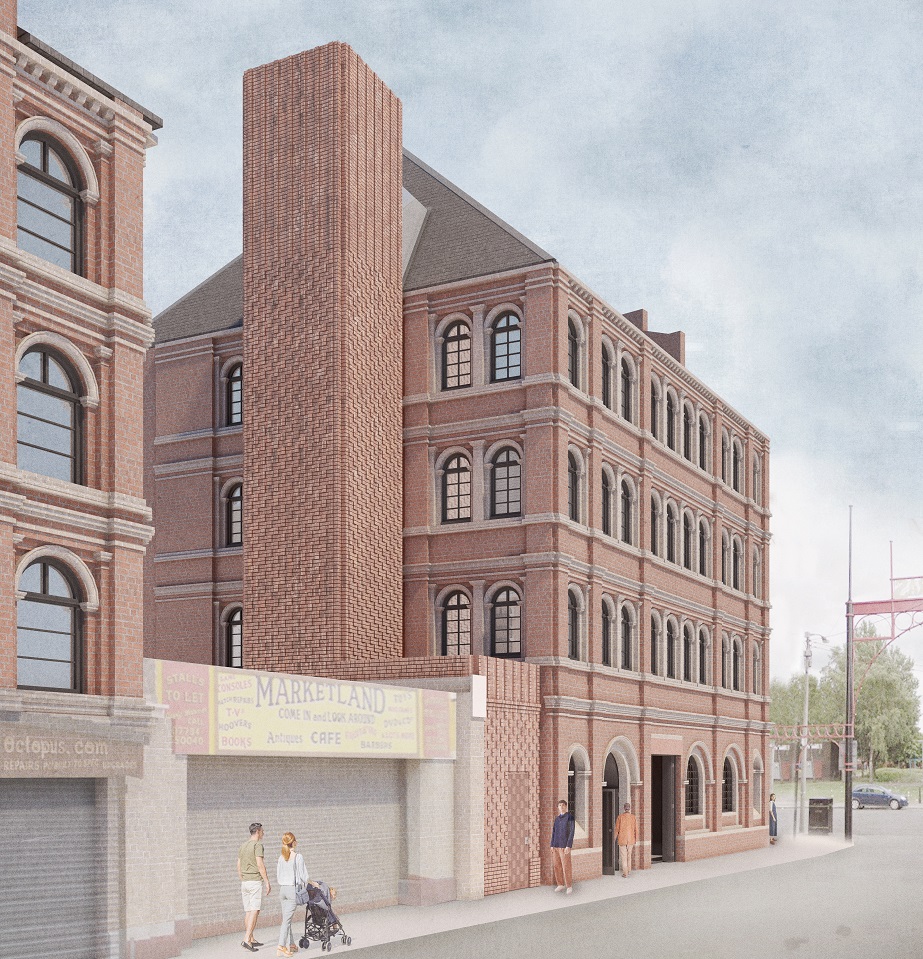
O’DonnellBrown has received planning and listed building consent from Glasgow City Council for its refurbishment of The Pipe Factory, a former factory acting as a gateway to the city’s Barras Market and an iconic landmark in Glasgow’s industrial heritage.
The practice has worked closely with fellow Glasgow-based Loader Monteith, conservation architect on the project and a signatory of Heritage Declares, to create a highly sustainable and energy-efficient building accessible to all, while conserving its significant listed heritage elements, and retaining its historic street presence.
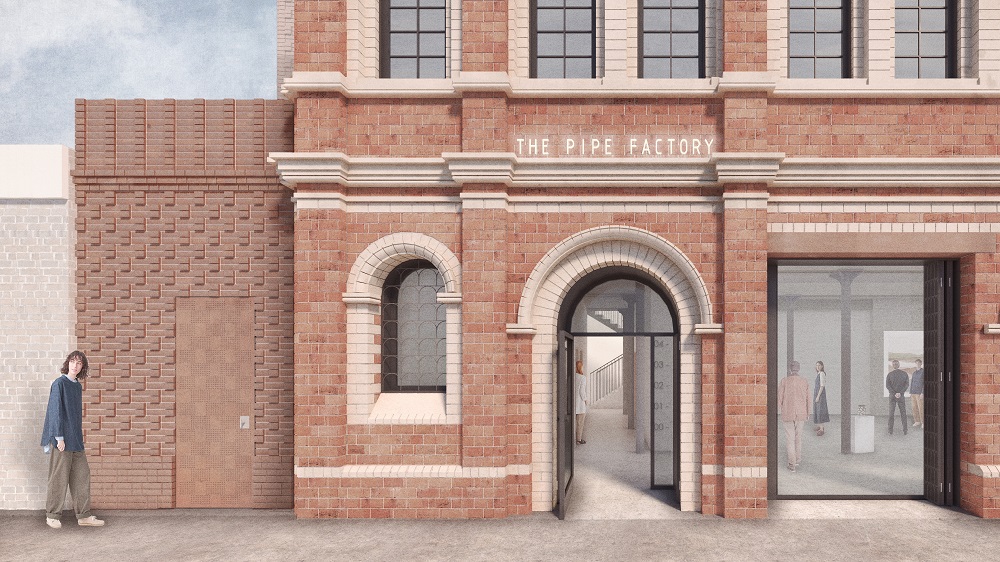
Working closely with the client, O’DonnellBrown has conducted extensive community consultation and research to arrive at the optimum design solution. The retrofitted building will be a hub for enterprise with a focus on education, creativity, and pathways to employment.
The scheme upgrades the thermal performance of the building through new insulation and heating, and makes it fully accessible and safe with a new external lift shaft and staircase; interventions that will enable the building to function in the 21st century. The only visible change to the external appearance of the original building will be a new external lift shaft added to the western elevation; its decorative brickwork skin references and complements its neighbours.
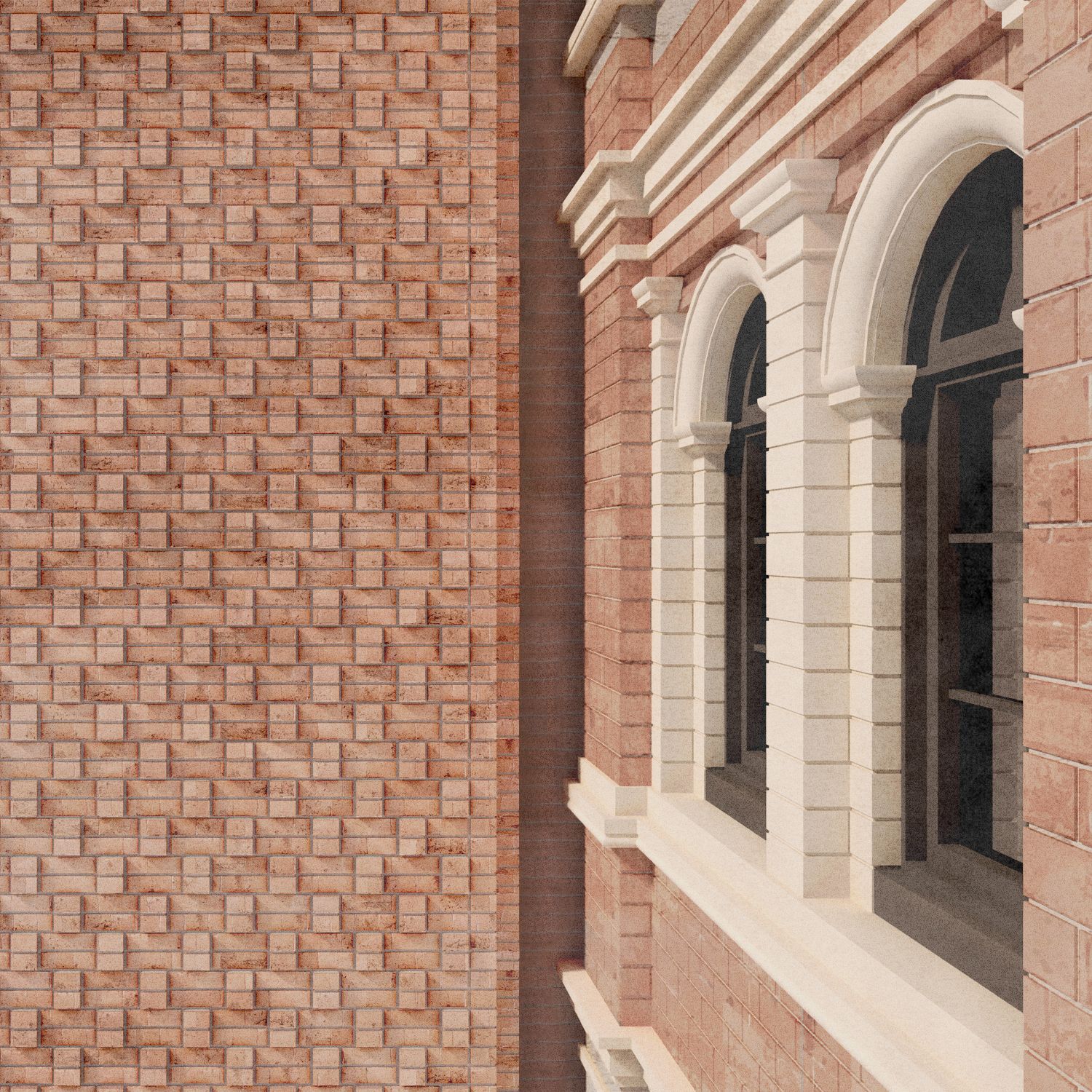
The client, Friends of The Pipe Factory (FoTPF), a community interest company (CIC), has owned the ornate brick Grade B-listed former factory of clay smoking pipes since 2021. With early-career creatives, young people, and the local communities of Calton and the Barras as its focus, FoTPF is dedicated to the re-imagining of The Pipe Factory as a dynamic centre that will generate pathways to pursue individual learning and development in creative fields.
To achieve this, O’DonnellBrown’s plans balance old and new: essential repairs to the historic building fabric; a new lift shaft that makes all floors fully accessible and encloses services such as the air-source heat pump for the new underfloor heating system; and new services throughout to drastically improve the energy efficiency, running costs and thermal comfort of the building. The floor plates will be converted into lettable high-quality office space and creative workshop space, to be occupied by The Friends of The Pipe Factory, Strangefield, INCH Architecture+Design and other companies and organisations with a social agenda.
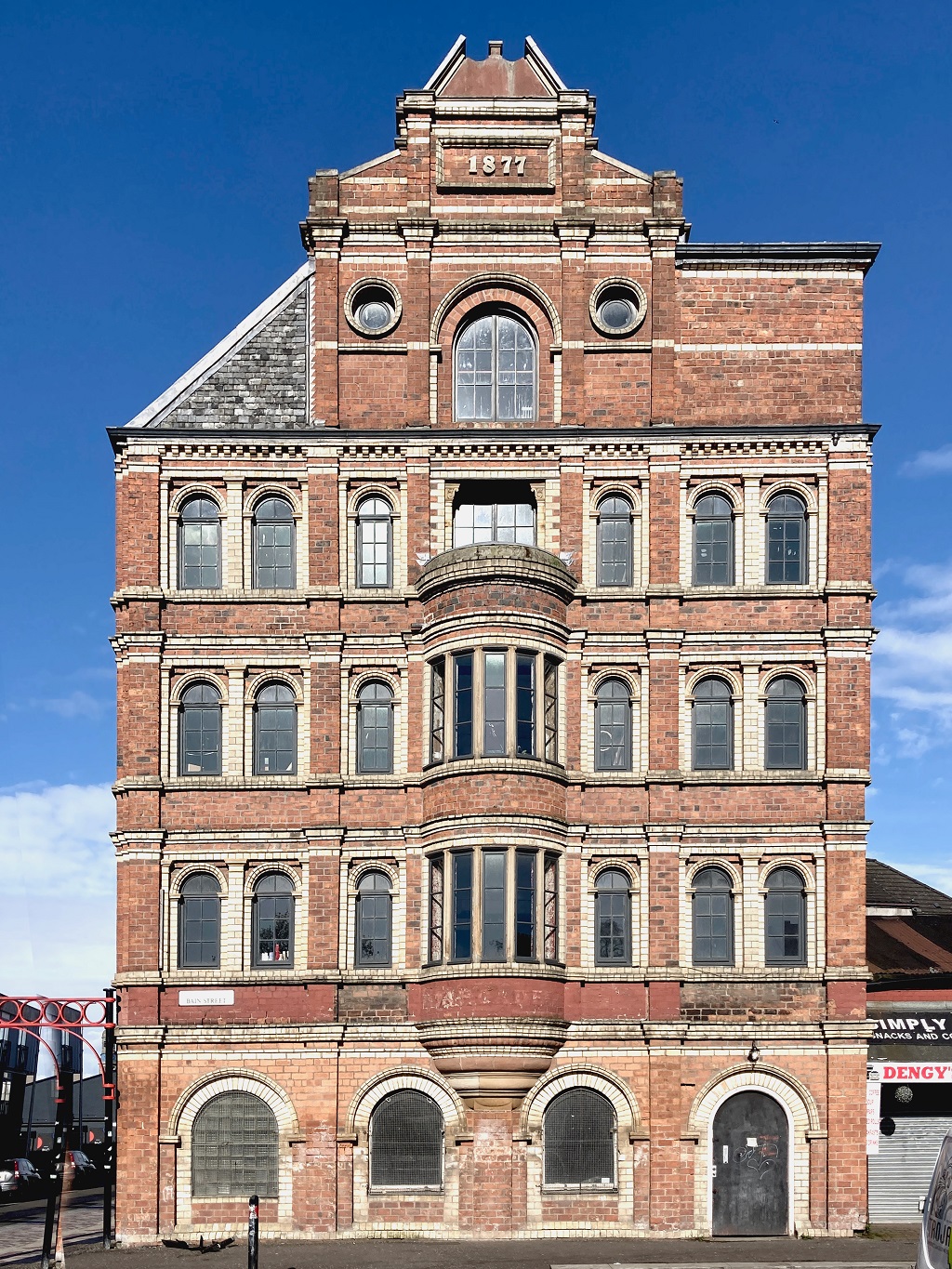
Flexible, accessible public space will focus on celebrating the heritage of the building and local area; increasing access to the arts, architecture and design; providing skills development and training; and bringing communities together. A new front door on Moncur Street will be the main access point for all building users, creating a visible, welcoming entrance from the pavement. The reception, ground floor workshop space, staircase, building directory, lift lobby and existing building structure will all be visible from the point of entry, facilitating intuitive wayfinding.
The Italian Renaissance-inspired Pipe Factory was purpose-built in 1876-7 and designed by the architect Matthew Forsyth. It was part of a complex of buildings, each four-and-a-half storeys and sited on a corner, with the Pipe Factory on the south-east corner adjacent to Barras Market. Since the closing of the buildings as a working pipe factory following the general de-industrialisation of Glasgow, the building complex has had many uses, the traces of which have led to a patina of different textures and finishes which can be seen internally in the colours of the brickwork and the cast iron columns.
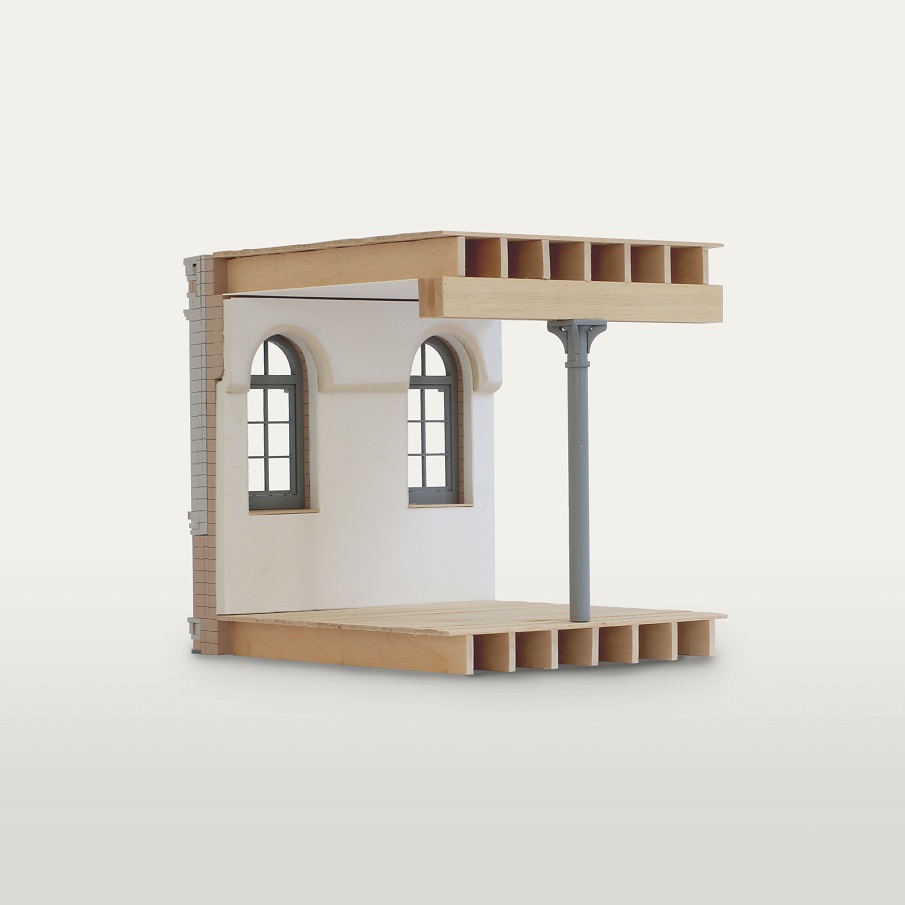
O’DonnellBrown said it is committed to protecting these unique details and idiosyncrasies, and retaining the existing internal structure comprised of cast iron columns, capitals, and the principal timber beams, important to the building’s character. The ground floor walls will be left as exposed brickwork, and the columns and beams will be left exposed to celebrate the building fabric.
Along with the new primary steel staircase to replace a non-compliant timber stair, and brickwork lift shaft, the refurbishment introduces breathable insulation to walls, roof and concrete floor slab; window upgrades; and new toilets, stores and lighting. Externally, repair and re-pointing of the existing red and white brickwork and leadwork will also be undertaken, and a new glass and timber front door with intercom system and decorative openable security grille will facilitate access and safety. Selected non-historical, unsympathetic additions to the building will be removed.
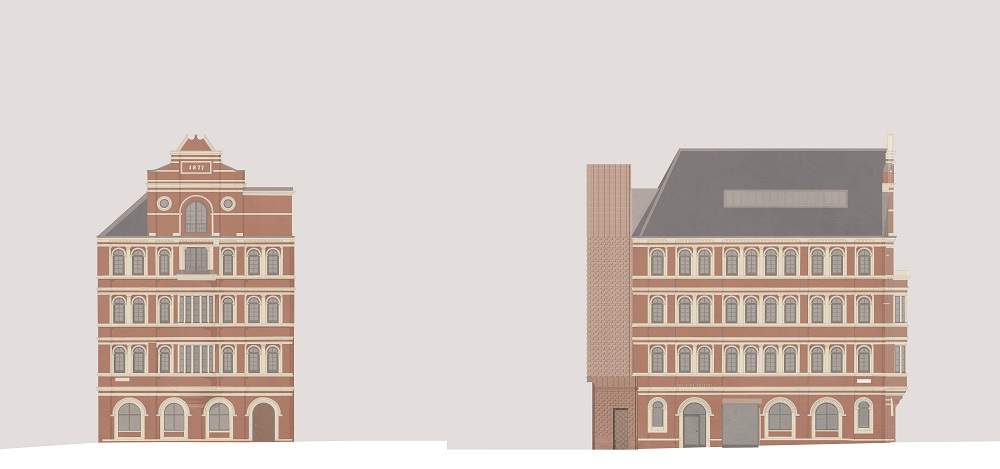
Felix Wight, director, Friends of The Pipe Factory, said: “This is an important milestone on our journey to bring back to life The Pipe Factory and ensure it becomes a pivotal community hub in Calton.”
Sam Brown, director, O’DonnellBrown, said: “We are honoured to be working on the project, which is a pivotal project for the regeneration of The Barras. Our practice is embedded in this community: we worked on a retrofit of Us V Them, a neighbourhood café-cum-workshop space which has become a magnet for local creatives, and we are passionate about sustaining The Pipe Factory as a space for creative practice. This project embodies all that is good about how retrofit schemes can and should be taken forward where possible. This is an opportunity to deliver an exemplar scheme, providing a template for future retrofit projects.”
Matt Loader, director, Loader Monteith, said: “The charm and heritage value of The Pipe Factory is truly felt in its finely detailed exterior. The composition of the brickwork must have taken great skill and care, and good conservation and restoration of the building’s skin will revive and contribute greatly to the building’s civic presence.”
All images courtesy of ODonnellBrown












